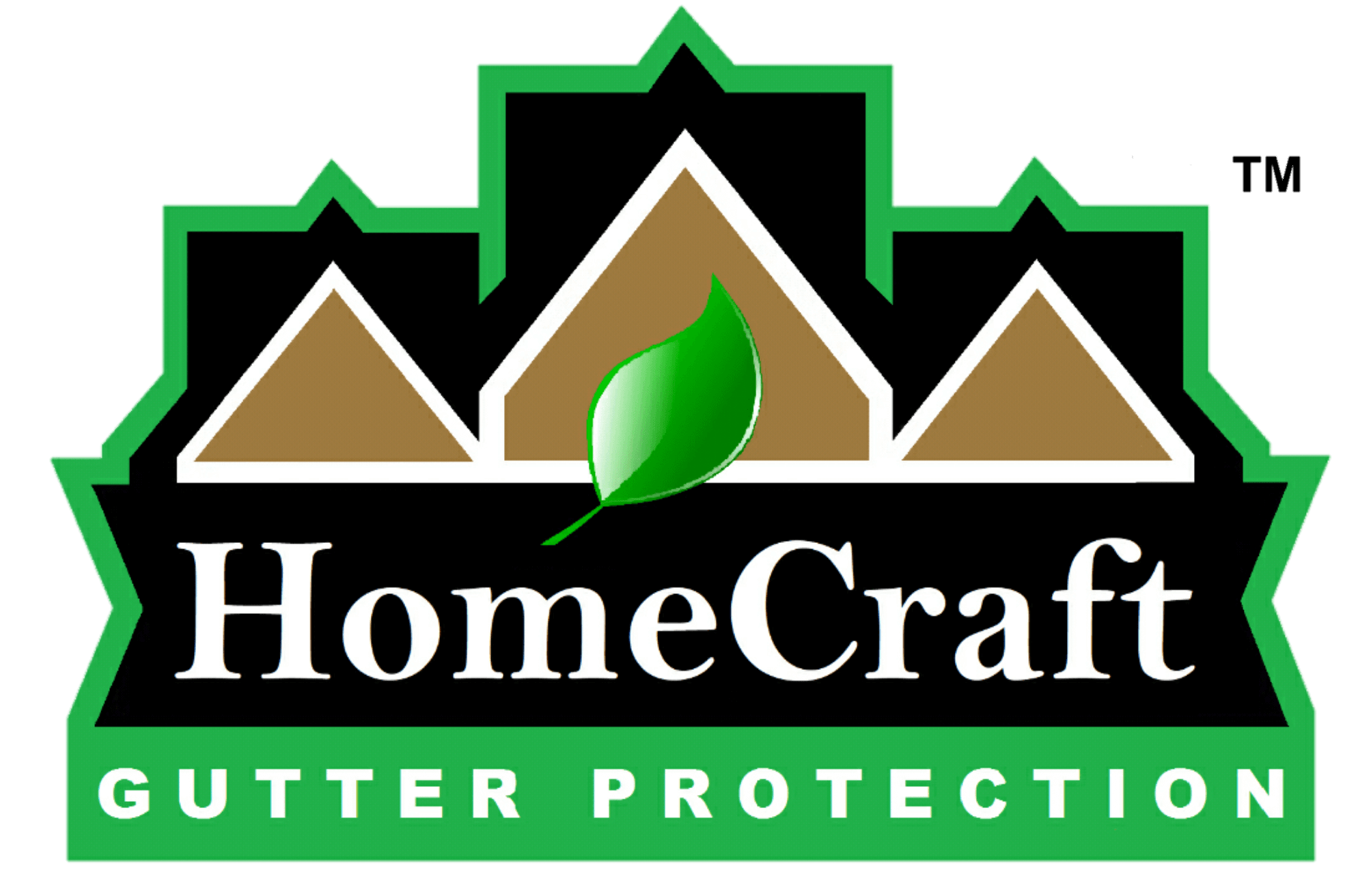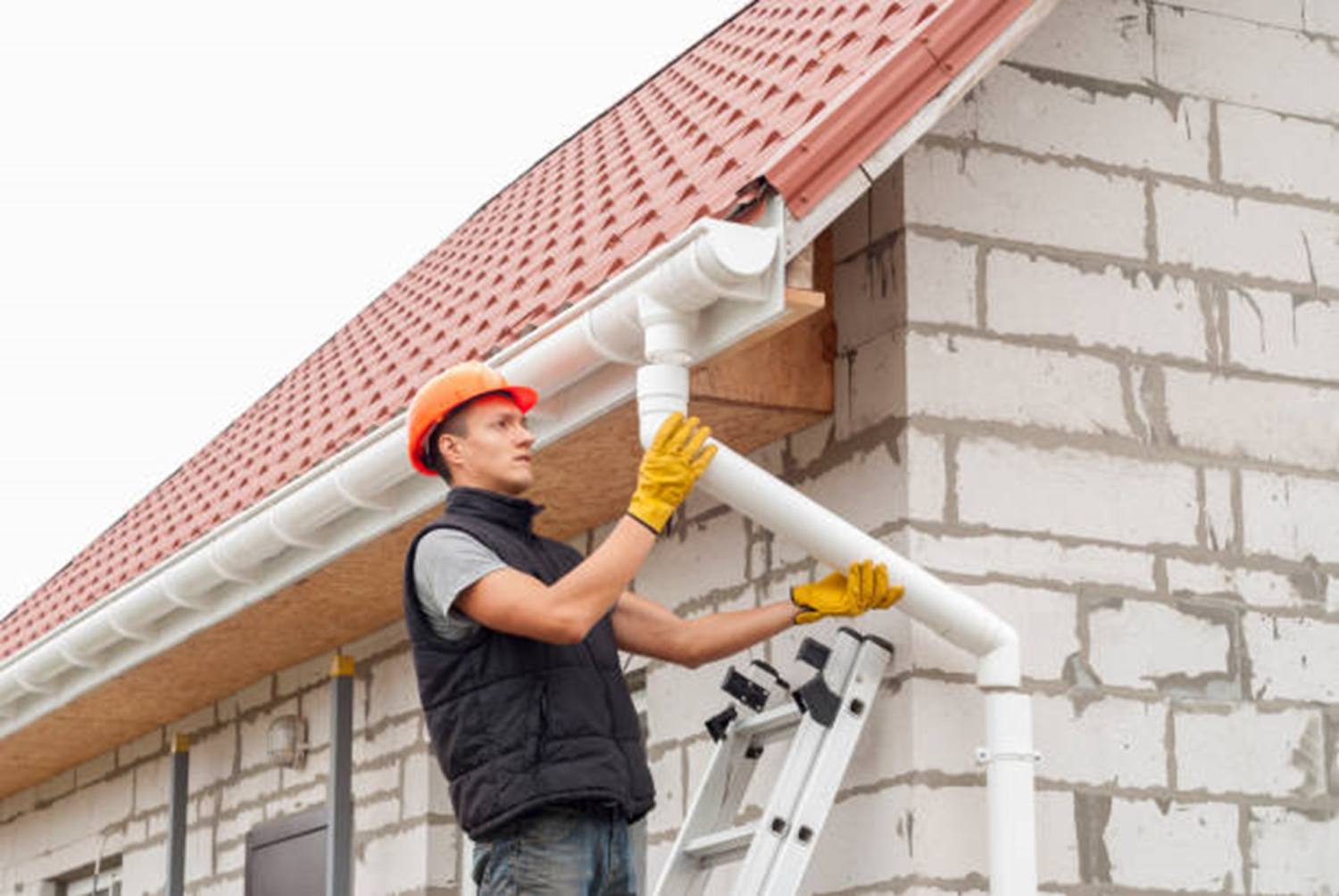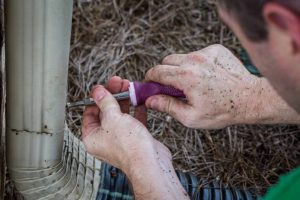As many American property owners know, clogged drains and downspouts are an on-going problem. It’s even worse for those of us with downspout drains that are buried underground. To determine whether downspout drain cleaning is necessary, it’s important to first understand how these drains work.
What are Downspout Drains?
Also known as rain drains, downspout drains are the pieces of piping that take rainwater from your downspouts away from your home and lawn. Note that downspouts are intended to direct rainwater and meltwater from your gutters away from the house. Whenever rain falls, it lands on your property’s roof, and gravitational force does the rest.
Did you know just an inch of rainfall on a 1,200 sq. ft. roof will send about 750 gallons of rainwater cascading down the roof? And that water must be diverted elsewhere so that it doesn’t cause extensive damage. Luckily, the gutter-downspout system on your property is designed and installed for that purpose.
Generally, gutters capture the rainwater and let it flow into the downspouts which further direct it away from your property. The downspouts work with your property’s grading to prevent rainwater from pooling around your home’s base and causing damage to the foundation. Remember, stagnant water around your foundation can cause damage to other parts of your home, such as the basement.
The downspout drainage system plays a crucial role in this process and must function efficiently all year round. Just one inch of snow on a 1,200-square-foot roof would result in approximately 75 gallons of water once it melts. While this may not seem like a lot of water, you don’t want even it in your basement. Now multiply that by a 5-6 inch snowstorm – you will be looking at 375-450 gallons of meltwater that should be directed away from your house.
Common Downspout Drain Issues
They’re often installed underground and clog easily. This is particularly true if you haven’t installed gutter guards. Open gutters usually accumulate trash, such as leaves, pine needles, twigs, and more. Shingle grit and trash from birds’ nests are also likely to accumulate in your gutters. These forms of debris can end up clogging your gutters, downspouts, and downspout drains.
Not only that, but little animals like rats and frogs love to make their way into the drains too and make a mess of the entire space. The results? Clogged gutters, downspouts or drains. Your downspout drains may be clogged if you notice the gutter system overflowing with rainwater. Also, large water puddles may form, or you notice flowing water in your lawn. Generally, clogging in any part of your gutter system will necessitate downspout drain cleaning.
It’s crucial to mention that downspouts that can’t get rainwater away from your property are useless. Excess rainwater and moisture will build up in the area around your house, causing flooding or foundation damage. With the exception of open gutters or lack thereof, downspouts with no extensions are the leading cause of water damage in most properties’ exteriors and lawns.
In fact, your house doesn’t benefit from downspouts that drop rainwater too close to the foundation or against property grading that angles rainwater back into your house. If the property is on a down slope, downspout extensions may still be necessary to protect your lawn from extensive soil erosion. Be sure to work with an expert to choose the right downspout extender for your home.
In some cases, property owners install downspout extenders that don’t work effectively. Always remember that proper downspout drainage moves rainwater far enough from your house that your foundation and basement aren’t affected by the excess water and moisture. So if your downspout extensions are not getting water far enough away, it will drain right back and pool around your foundation.
Similarly, no downspout extension will drain water effectively if it’s clogged. Thus, inspecting your downspout drains and regular downspout drain cleaning can ensure they are working properly. As mentioned earlier, clogged gutters, downspouts, and downspout drains can result in rainwater back-up and spill-out.
 Solutions to Downspout Drain Issues
Solutions to Downspout Drain Issues
If a downspout drainage system isn’t diverting rainwater effectively, most property owners will consider replacing the entire system the right way. The good news is that there are alternatives. If you notice your downspout drains clog regularly or are damaged, here are solutions you can implement.
1. Inspect your Gutters, Downspouts, & Downspout Drains Regularly
A stitch in time saves nine, as the old saying goes, and this holds very true for gutter maintenance. Regular inspection of your gutters, downspouts, and downspout drains can help you detect and address potential problems before they escalate into bigger issues. Indeed, you can remove trash from your gutters and downspouts long before clogs develop.
So, make it a habit to inspect these systems before the rainy season or at least twice a year. Look for signs of blockages, cracks, or other damage. If you’re uncomfortable climbing a ladder, hiring a professional to do these inspections can be a good alternative. Remember, prevention is better than spending thousands of dollars to fix water-related damage.
2. Gutters and downspout Drain Cleaning
Proactive cleaning is a natural follow-up to regular inspections. Gutters, downspouts, and downspout drains can easily get clogged with leaves, twigs, dirt, and other forms of debris. This can hinder the free flow of rainwater or meltwater from your roof. When this happens, water can overflow, seeping into your home’s foundation or basement and causing damage.
The best way to clean your gutters and downspouts is to scoop out the debris using the right tool. This can be a garden trowel or gutter scoop. Next, rinse them with a garden hose. For more stubborn blockages, a plumber’s snake can be effective. This task can be messy and somewhat dangerous, so protective clothing and safety measures are a must. If you’re not up for it, you can always hire a downspout drain cleaning expert.
3. Install Gutter Guards
To keep your gutters and downspouts free of debris and reduce the frequency of cleaning, consider installing gutter guards. These handy devices act as a sieve, allowing water to pass through while keeping out leaves, twigs, and other debris. Pay attention to the overall quality, efficiency, and durability of your preferred gutter guards. Luckily, HomeCraft Gutter Protection offers micro-mesh screens that last a lifetime.
Gutter guards come in a variety of styles, including mesh screens, surface tension units, and slotted covers. Each of the leaf guards have pros and cons. Be sure to research and choose the type that suits your home’s specific needs and the climate in your area. It’s also a good idea to consult with a professional from HomeCraft Gutter Protection to ensure the right fit and installation.
4. Repair Cracked, Broken Downspout Drains
Even with regular inspection and downspout drain cleaning, drains can sometimes crack or break. This is due to age, weather conditions, or other causes of physical damage. It’s important to repair these promptly to prevent water damage. Remember, you will be in a position to identify such issues through regular and timely inspections.
Small cracks can often be fixed with a waterproof sealant. For larger cracks or breaks, you might need to replace a section of the downspout drain. While this can be a DIY task if you’re handy with tools, hiring a professional can ensure a proper repair. Remember, most downspout drains are buried in the ground to divert rainwater away from your home. You need an expert with the right equipment to detect cracks and address them without causing further damage to the drains.
5. Replace Damaged Downspout Drains
In some cases, downspout drains might be so severely damaged that repair isn’t a viable option. That means replacement is the best course of action. Replacing a downspout drain can be quite an undertaking, especially if you’re doing it yourself. You’ll need to remove the damaged downspout drain, measure and purchase a new one, and install it correctly.
This includes ensuring the downspout drain is angled properly for optimal water flow and securely attached to your home’s downspout. Whether you’re DIY-inclined or prefer to hire a professional, a functioning downspout drain is essential for keeping your home dry and damage-free. Remember, you are likely to make mistakes that may derail the overall efficiency of your gutter system. So it’s best to hire a professional.
Wrapping Up
Gutter and downspout drain cleaning is crucial to ensure the entire system diverts rainwater and meltwater from your roof away from the home. Regular inspections and cleaning ensures no clogging in your gutters, downspouts, and downspout drains. This way, water from your home’s roof can flow into the gutters into the downspouts and far away from your home through the downspout drains.
Remember, your roof drainage system begins with your gutter system. No matter how efficient your downspouts and downspout extensions are, you will still have a rainwater problem if you have, inefficient, open gutters. And considering how tedious and time-consuming gutter cleaning is, you may want to implement a more efficient solution.
Indeed, you may want to install gutter guards in your home’s gutter system. HomeCraft’s micro-mesh screens, in particular, are worth the investment. They use a patented raised screen design that elevates debris while allowing rainwater into the gutters. Considering there are no substructures below the micro-mesh, allowing rainwater to follow seamlessly into the downspouts.
These gutter guards are designed to last a lifetime without compromising on efficiency. Installing them means you will never worry about trash such as shingle grit, pine needles, twigs, and leaves entering your gutters. By extension, these gutter covers protect downspouts and downspout extensions from clogging. This eliminates or reduces the need for regular downspout drain cleaning.
FAQs
Is downspout drain cleaning important?
Yes. Gutter and downspout drain cleaning is crucial to ensure the entire system diverts rainwater and meltwater from your roof away from the home. Regular inspections and cleaning ensure no clogging in your gutters, downspouts, and downspout drains. This way, water from your home’s roof can flow into the gutters into the downspouts and far away from your home through the downspout drains.
Are there alternatives to downspout drain cleaning?
Yes. Installing gutter guards means you will never worry about trash such as shingle grit, pine needles, twigs, and leaves entering your gutters. By extension, these gutter covers protect downspouts and downspout extensions from debris accumulation and clogging. This eliminates or reduces the need for regular downspout drain cleaning.
How do you fix a clogged downspout drain?
Call a downspout drain cleaning expert. After all, this task can be messy and somewhat dangerous, so protective clothing and safety measures are a must. If you’re not up for it, you can always hire a downspout drain cleaning expert.


 Solutions to Downspout Drain Issues
Solutions to Downspout Drain Issues
